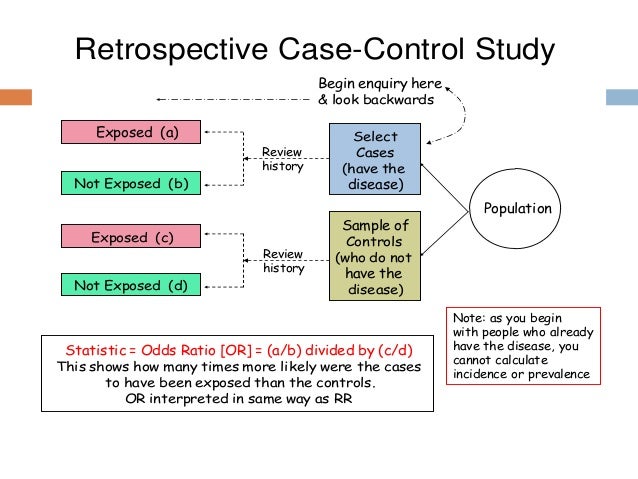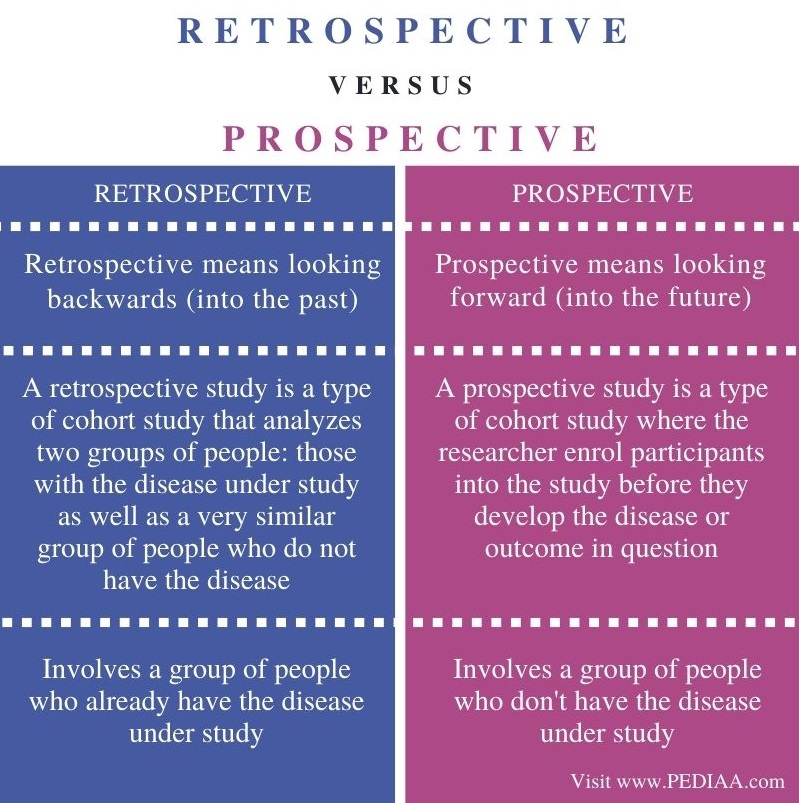
Examples of events that may recur abound in epidemiological research, including myocardial infarction, depression, influenza and pneumonia. Prospective cohort studies are often used to explore possible determinants of recurrent events. The proposed method for the analysis of bidirectional occurrence times will improve precision when the estimated associations are homogeneous across occurrence types, or may provide added insight into either the data collection or disease process when the estimated associations are heterogeneous.Ĭohort studies, HIV-1, survival analysis, recurrent events

This hazard ratio was homogeneous across retrospective and prospective occurrences ( P for interaction = 0.96) and combining occurrence types increased the precision by reducing the standard error by about a fourth.Ĭonclusions As expected, HIV-1 infection increases the hazard of pneumonia, with more precise inference obtained by combining information available on bidirectional occurrences.

Results The hazard of non- Pneumocystis carinii pneumonia among the 2056 HIV-1 infected women was 2.24 times (95% confidence limits: 1.74, 2.89) that of the 554 uninfected women, independent of age. We illustrate our methods using data from the Women's Interagency HIV Study, which recorded 384 retrospective and 352 prospective occurrences of pneumonia in 9478 retrospective and 7857 prospective person-years among 2610 adult women.

Methods We demonstrate how the observed data can be expanded from one to two records per participant and account for the within-individual dependence when estimating variances. All rights reserved.Background The authors show how information collected on retrospective occurrence times may be combined with prospective occurrence times in the analysis of recurrent events from cohort studies. Unmapped data elements illustrate the difficulty in developing a complete data dictionary.Ĭopyright © 2014 Elsevier Ireland Ltd. The high proportion of mapped data elements demonstrates the significant potential for clinical data warehousing to facilitate clinical research. Author responses supported these findings. Study criteria were frequently complex, with 49 of 104 studies involving relationships between data elements and 22 of the studies using aggregate operations for data variables. The most frequently used items (e.g., procedure, condition, medication) are often available in coded form in EHRs. Studies used an average of 4.46 (range 1-12) data element types in the selection criteria and 6.44 (range 1-15) in the study variables.

The majority of variables mapped to one or to both of the two dictionaries. We also contacted study authors to validate our results. We analyzed the data requirements of over 100 retrospective studies by mapping the selection criteria and study variables to data elements of two standard data dictionaries, one from the healthcare domain and the other from the clinical research domain. This study seeks to characterize the types and patterns of data usage from EHRs for clinical research. Usage of data from electronic health records (EHRs) in clinical research is increasing, but there is little empirical knowledge of the data needed to support multiple types of research these sources support.


 0 kommentar(er)
0 kommentar(er)
